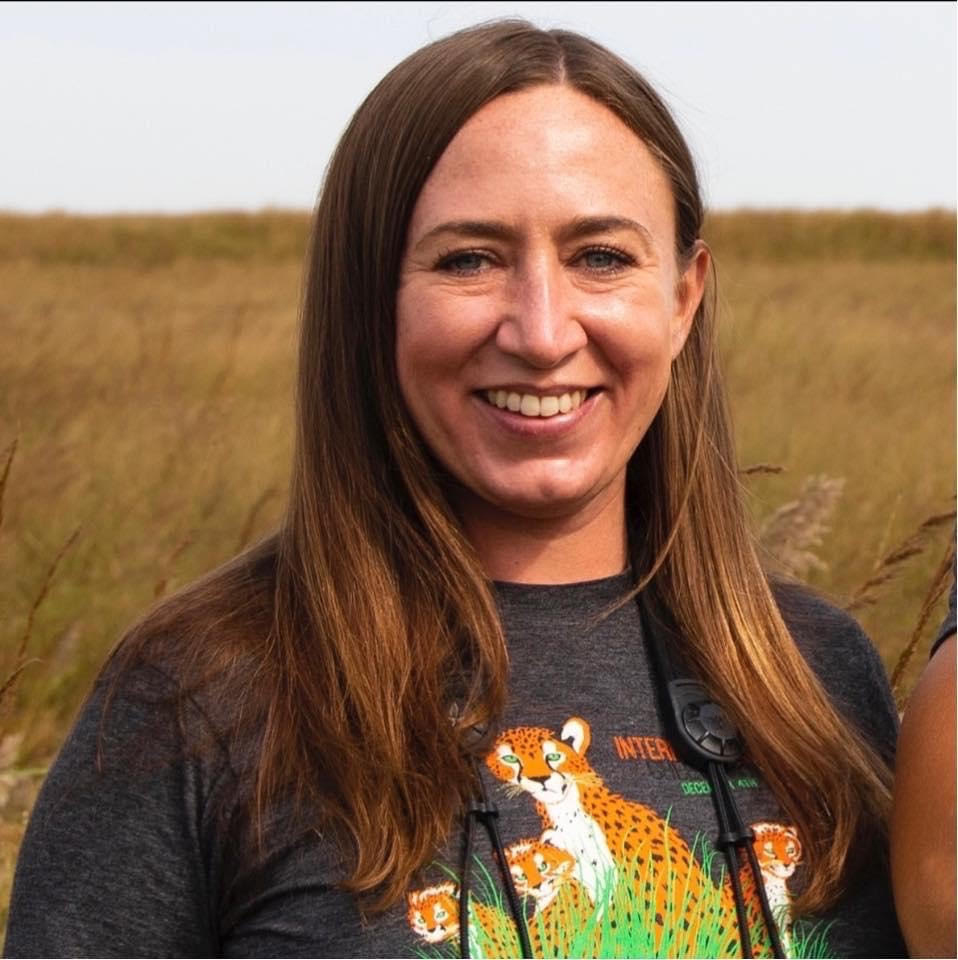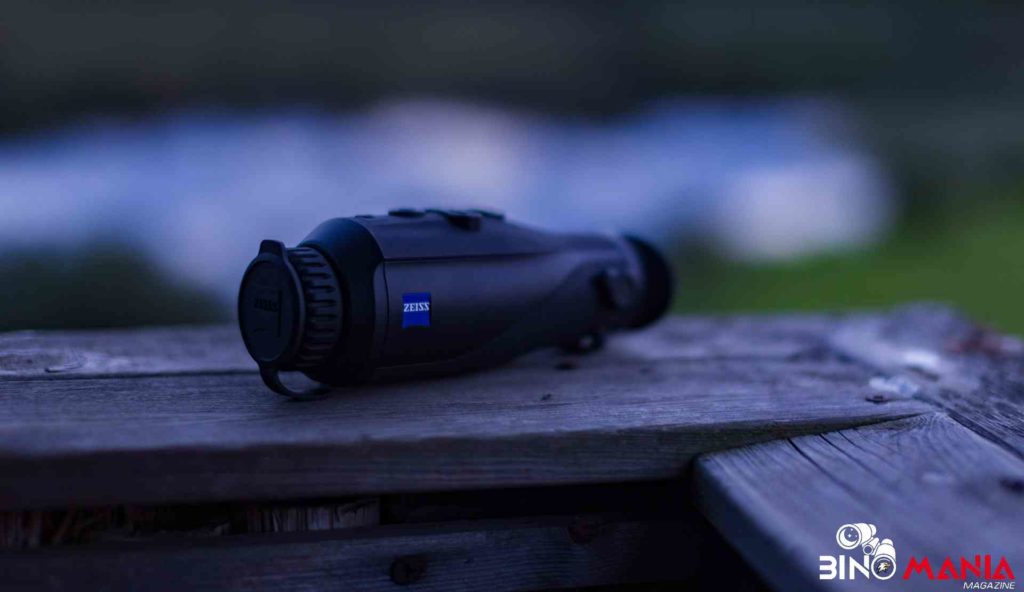Studying offshore night migration
My name is Shannon Curley, I am a Postdoctoral Fellow at the Cornell Lab of Ornithology where I study offshore bird migration using Weather Surveillance Radar with the BirdCast team, a collaborative group of researchers using weather surveillance radar to understand migratory movements of birds.


A challenge in studying migration is that the vast majority of migration happens at night, making ground observations challenging. This fall, ZEISS offered us the opportunity to use the DTI 4/35, a high-resolution thermal imaging camera, to assist in our research. This camera was incredibly useful for our research and provided new and unexpected avenues for our future work.
Mounting the camera vertically, I was able to record birds during their migratory journeys. I was amazed by the resolution and how well the camera picked up on birds flying at different altitudes. The night of October 23, 2023, was the largest migration night of the year in New York State. BirdCast estimated over 12 million birds traversing the airspace. I was fortunate to record this event from Queens County, and it was one of the most amazing spectacles I have ever seen, as a constant stream of birds crossed the camera’s field of view during the night. During the season, the DTI allowed us to record the intensity and direction of migration at a fine scale along and provided visual footage for science communication.
Studying the effects of artificial light on birds
In partnership with New York City Audubon, we used the DTI to study the effects of artificial light on birds. For over 20 years, NYC Audubon, in partnership with the Cornell Lab of Ornithology, has monitored the Tribute in Light, an annual art installation in remembrance of the September 11 attacks where beams of vertical light replicate the iconic skyline where the Twin Towers of the World Trade Center once stood. The twin beams attract migrating birds, where they become entrapped and disoriented. Under close monitoring, the beams get shut down for 20 minutes when too many birds are entrapped. A 20 minute shut-down of the beams has, in most cases, been enough time to break birds out of their trance and re-start migration. However, we have never been able to observe what happens to birds immediately after the lights go out – how long does it take birds to respond? This year, for the first time, we recorded the immediate behavioral responses of flight activity as the beams shut down, and we are in the process of analyzing this data.
Light-based drone shows are an emerging potential threat to birds, if held during migration. On October 18, 2023, during peak fall migration, we were able to monitor a drone show held in Central Park, to see if resident and migratory birds were impacted by this disturbance. There is very little research on how these short, but intense light events, affect birds during migration. Fortunately, this night has relatively low migration, but the camera allowed us to conduct pilot monitoring, which would otherwise not have been possible.
We are currently in the process of analyzing this incredible data from the DTI 4/35. I thank ZEISS again for the use of the camera and look forward to incorporating this technology in my research moving forward.